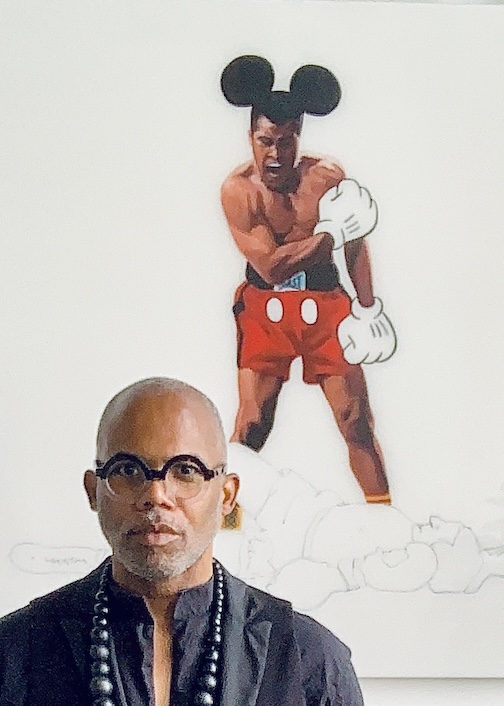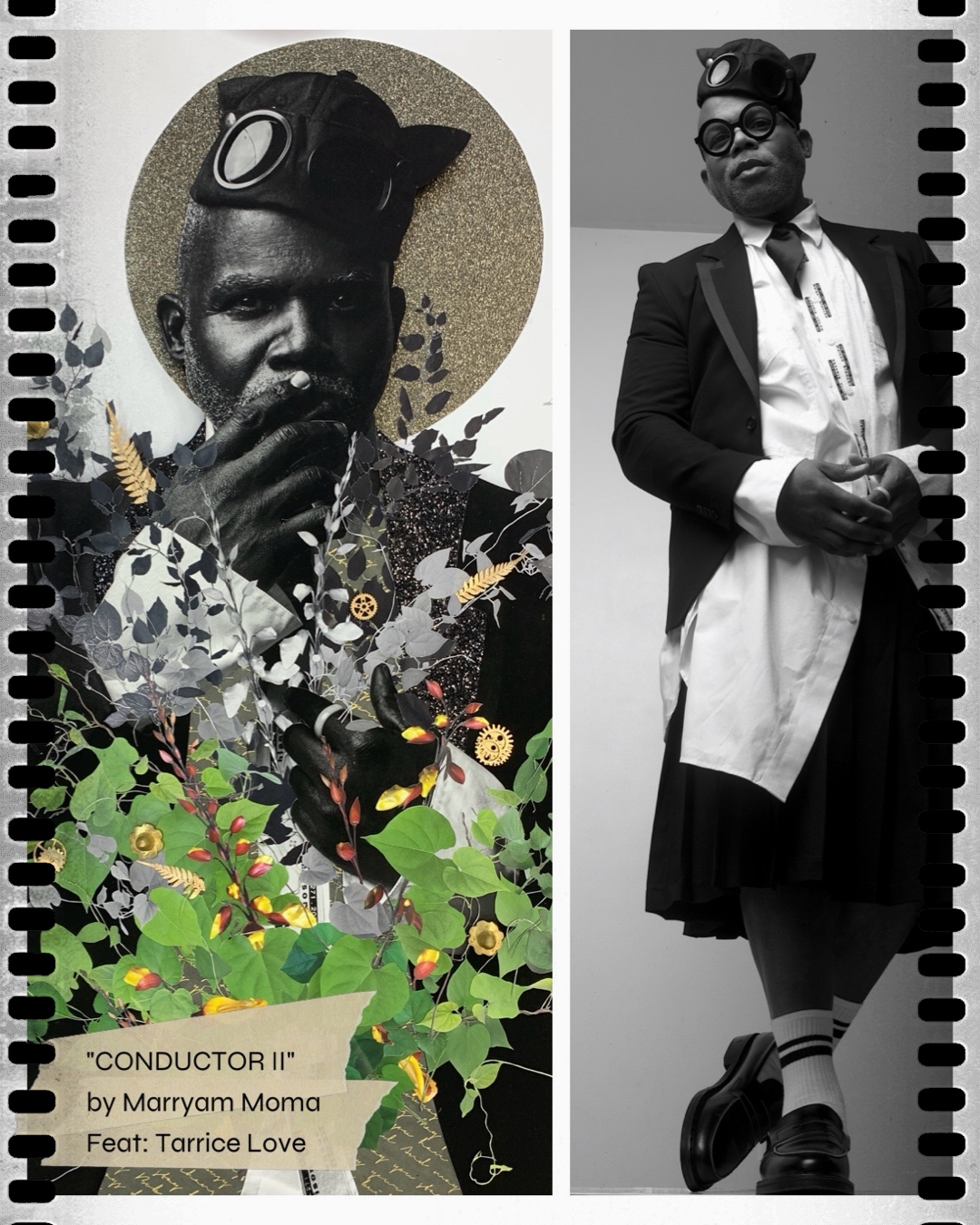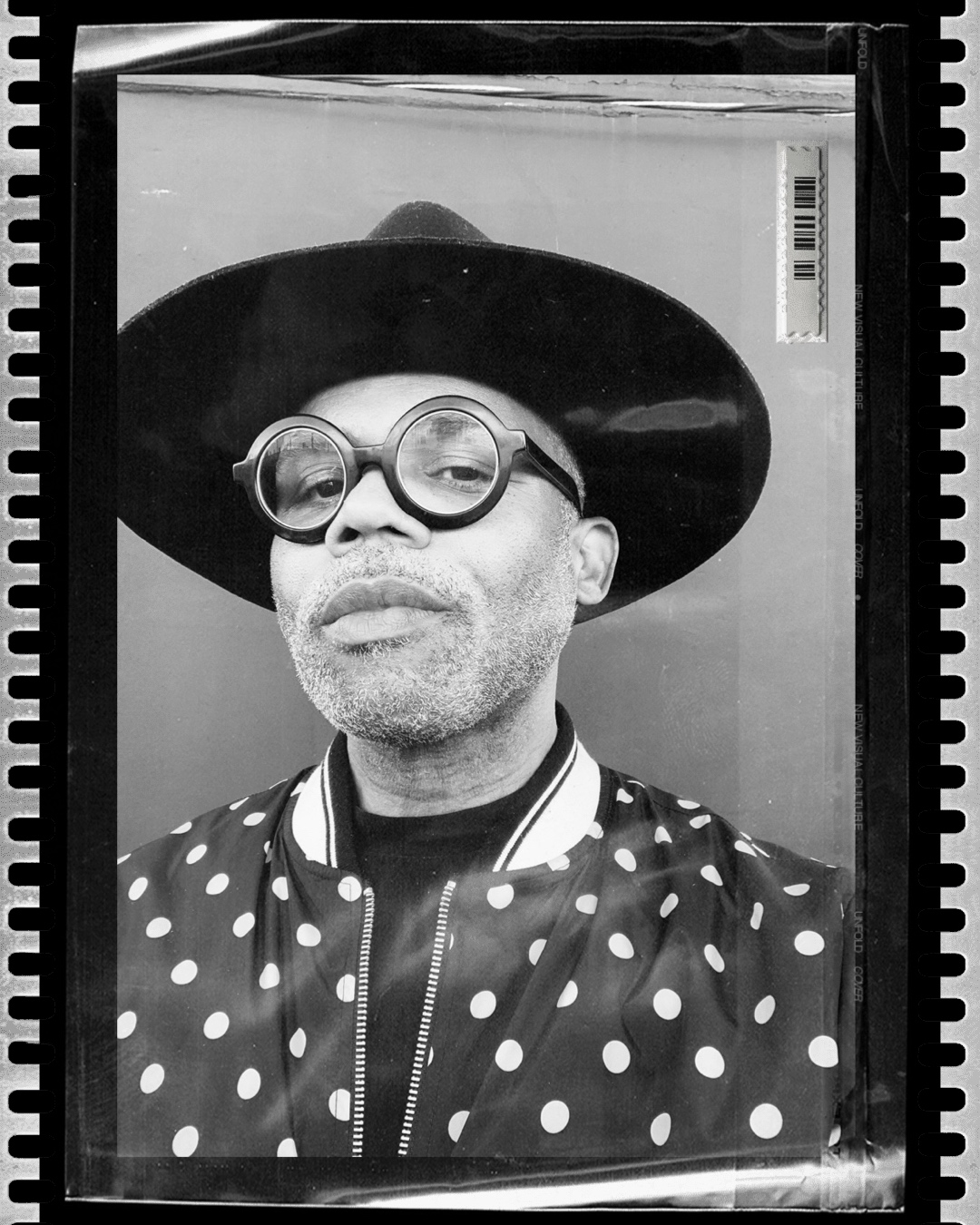We recently connected with Rodney LOVEJONES and have shared our conversation below.
Hi Rodney , thanks for joining us today. Can you tell us about a time that your work has been misunderstood? Why do you think it happened and did any interesting insights emerge from the experience?
As a creative director with multifaceted roles for each artist, my responsibilities often encompass mentorship, agency representation, facilitating collector acquisitions, and fostering sponsorship collaborations with brands that resonate with the artist’s practice. These efforts are intended to support artists and cultivate an environment where they can thrive in their careers.
One common misconception is that I dictate an artist’s creative process and output. However, my role is to empower artists to express their unique visions while guiding them in alignment with agreed-upon visual conversations and time management. Unlike a curator, who primarily works with pre-existing artworks, my role as a creative director involves leading the creation of new work across various industries and overseeing the artistic vision. I encourage artists to explore their untapped potential and create fresh work that avoids redundancy.
To dispel this misunderstanding, I emphasize the importance of clear communication with artists and external parties about our collaborative process. By highlighting the value of each artist’s creativity and the impact of our collective efforts, I aim to promote a better understanding of the creative director’s role in adding value and promoting artistic development.
Through these experiences, I have learned the significance of clarifying roles and highlighting collaboration to nurture artistic progress and encourage a more balanced and harmonious creative environment.

Awesome – so before we get into the rest of our questions, can you briefly introduce yourself to our readers.
My mother was a luxury department store and showroom model, exposing me to the world of fashion from a young age. Inspired by these experiences, I cultivated a passion for art and creativity. My journey first led me to become a wardrobe stylist for iconic figures, including Diahann Carroll, and Eartha Kitt. Next, I transitioned into talent management, garnering great clients from popular brands such as Ralph Lauren, Essence, Vogue, Target, Burberry of London, and Abercrombie & Fitch.
In 2017, driven by my love for art, I established GRAPHITE HOUSE, a multi-hyphenate space focused on nurturing emerging Black artists through mentorship, agenting, and sponsorship opportunities. My unique approach sets me apart from conventional art space conversations, broadening the collaborative process in an expanding creative industry.
Fast-forward to 2021, I had the privilege of joining IN-Hale Entertainment as the creative director alongside film director Nathan Hale Williams, George M. Johnson, Twiggy Pucci Garçon, Imara Canady, and Richard Pelzer for the short film “All Boys Aren’t Blue | Dramatic Read Short,” which earned us an EMMY® nomination. Another great highlight of my career was partnering with Starbucks® during Atlanta’s 2nd Annual Art Week in 2022, curating an installation that showcased the works of Black emerging artists. Additionally, I’ve had the opportunity to collaborate with several renowned brands, including SONY, Paramount, LOEWE Perfumes, Harlem Fine Arts Show, and more.
Through my work with GRAPHITE HOUSE, I am committed to empowering Black-emerging artists and providing them with opportunities for success within the arts.
![]()
In your view, what can society to do to best support artists, creatives and a thriving creative ecosystem?
In my view, society can significantly contribute to sustaining a vibrant artistic ecosystem by actively supporting artists across various genres and stages of their careers through both tangible and intangible means. There are several ways to achieve this: To begin with, society can help share artists’ stories and content through social media, blogs, and word-of-mouth. This cost-free approach aids in building visibility for the artists and fosters a sense of community while creating authentic connections between creators and audiences.
Additionally, investing in artists’ work early in their careers can have a substantial impact. Purchasing their art and encouraging friends to attend their shows not only provides financial support but also helps broaden their audience, validating their creative journey. Society can also play a role in motivating artists to participate in group shows, private viewings, and collaborations. By actively creating these opportunities, we can boost their exposure and networking potential, opening doors for future endeavors and the cross-pollination of ideas.
Furthermore, providing artists with essential resources such as tools, funds, time, and space can empower them to focus on their craft and unleash their full creative potential. This kind of support system remains crucial for sustaining long-term artistic development and innovation.
Lastly, promoting positivity through encouragement and constructive feedback is vital for artists’ personal and professional growth. By engaging in an open dialogue about their work, we can help elevate their narratives and strengthen their artistic voices encouraging a culture of mutual respect and growth. Ultimately, by actively engaging in these supportive actions, society can encourage a thriving artistic community and contribute to a rich and diverse cultural landscape benefiting artistic legacy to generational wealth.

Learning and unlearning are both critical parts of growth – can you share a story of a time when you had to unlearn a lesson?
The most significant lesson I had to unlearn was the traditional perceptions of the art world, particularly its conversation surrounding Black art, and the societal norms that dictate what is considered valuable. Beginning my journey as a 15-year-old collector, I quickly understood that art is deeply subjective, each piece reflecting one’s unique view of the world.
A pivotal moment occurred when I was gifted “Family Tune,” a limited-edition piece by Leroy Campbell. This early acquisition in my collecting stage prompted me to focus on collecting original artworks by remarkable artists such as my ancestral mentor Gerardo Castro, Charly Palmer, and Cedric Smith. This led me to discover contemporary storytellers like Adrián Viajero Román, Barron Claiborne, DL Warfield, Mario Joyce, Marryam Moma, Hobo Ink, and Justin Ellis.
As my involvement in the art world grew, Gerardo Castro became an essential figure in my journey. He emphasized the importance of spirituality and our self-appreciation in creating and fully engaging with all art. Castro further encouraged me to reflect on my unique experiences and beliefs, he helped me establish a more profound connection with the art I acquire and the installations I direct.
Through his guidance, I learned to transcend societal constraints by embracing authenticity and being confident in my artistic vision.


![]()

Contact Info:
- Website: www.GRAPHITEHOUSE.co
- Instagram: @myGRAPHITEHOUSE
- Linkedin: https://www.linkedin.com/in/rodney-lovejones/
Image Credits
PERSONAL PHOTO: GRAPHITE HOUSE ADDITIONAL PHOTOS: Credits Left to Right 1. GRAPHITE HOUSE 2. GRAPHITE HOUSE 3. Zuri Stanback 4. GRAPHITE HOUSE 5. GRAPHITE HOUSE 6. GRAPHITE HOUSE. 7. GRAPHITE HOUSE 8. Takun Williams


